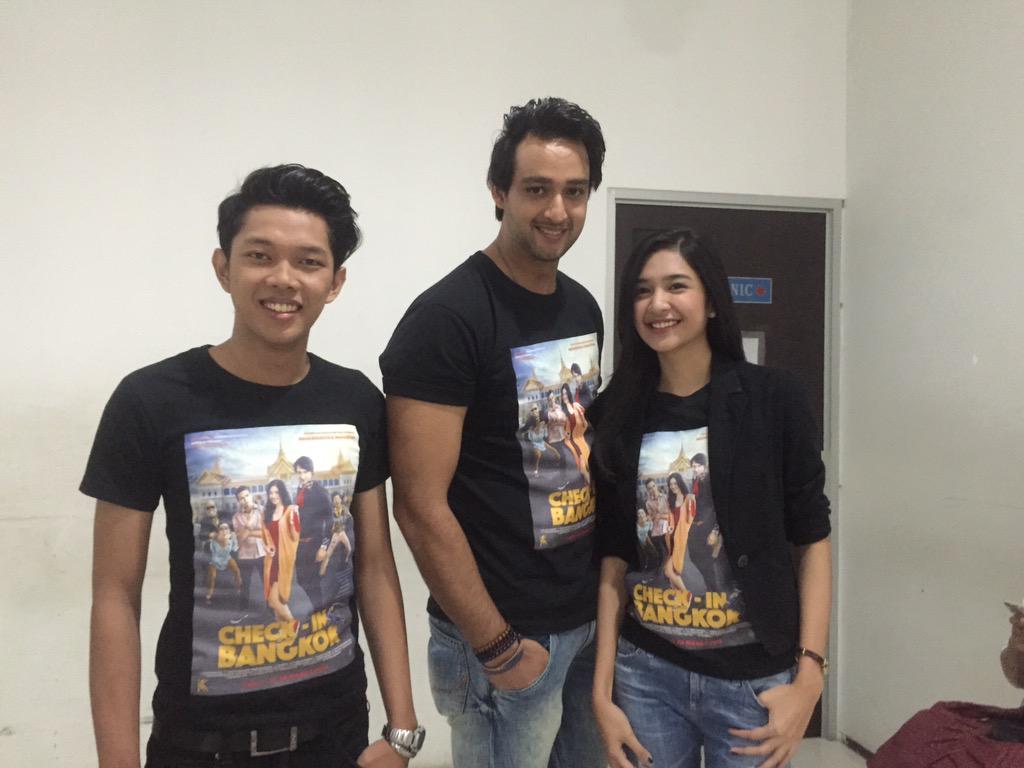
{ Credit to the maker for this gif..I personally have no contribution to it }

Krishna, is considered the supreme deity, worshiped across many traditions of Hinduism, in a variety of different perspectives. Krishna the eighth incarnation of Lord Vishnu... is easily recognized by his representations.
Krishna is usually shown with a blue skin, often shown wearing a silk dhoti and a peacock feather crown.

Among all divine deities, Shri Krishna is the one who is the most bedecked and embellished deity. His devotees love to decorate him with exotic robes and jewellery, Loaded with glittering ornaments, but it was HE, himself adorned the plain Beautiful and simple peacock-feather on his crown...
thus giving him the name "MorMukutdhaari"
*******
Which happens to be the title of our new AT #11 😳😳 ...

Calling out for all Krishna Sakhis & Sakhas 😃😃😃 to Join in the new AT 😃😃😃

Have fun discussing anything & everything about MorMukutDhaari Krishna...& yes ofcourse the charming actor Saurabh Raaj Jain who brought Krishna to life for us

*****
Lord Krishna's peacock feathers on his crown are called Mayur pankh in Hindi and Sikhipincham in Sanskrit

LEGEND SAYS
In Govardhan hills, once when Krishna was playing his flute, the sweet melody that poured out made the peacocks dance in joy and excitement. At the end of a long dance they spread their feathers and the king Peacock offered with great humility its feathers as an offering. The lord accepted it and adorned himself with it.

It all started with when Krishna blew the nectar of his lips into the flute, a melodious raga with a slow rhythm and a deep base emerged from its end. This wonderful vibration enchanted the peacocks in and around the Govardhan hills. Their hearts began to sing in happiness and fill the skies with their own song. The resonant vibrations from the flute encouraged the peacocks to dance.
Krishna, who is the source of all dramatic arts, was pleased with their dance and encouraged them by his kind glances and sweet smiling. They cried with joy and it sounded all over the hills. In time, their sounds became indistinguishable from the echoes. They became excited and jumped up and down, flapping their wings.
As the peacocks danced, the kings of peacocks made his way to the lotus feet of SriKrishna, touches His holy feet and makes a sound which SriKrishna understands as a thanking note and requesting Him to dance with them. SriKrishna accepts to dance and moves amidst them, dancing like the peacocks increasing the tempo and playing to the rhythm of His steps.

The bliss of the peacocks increased multifold when SriKrishna danced with them. It was so overwhelming, that some peacocks fainted. All the animals and cowherds of the Govardhan hills stood transfixed, unable to move their eyes away from the dance of SriKrishna.
The flute in SriKrishna's hand seeing the uncommon performance of its master began to sing on its own. The spectacle was extremely splendid when seen from the top of the Govardhan hills, the heaven and even the netherland. They danced for a long time and slowly the tired peacocks stopped dancing. Then Krishna danced to the rhythm of His own steps.
After many days, when he stopped dancing, there was an enchanting silence. The king of the peacocks approached SriKrishna with great humility, bowed down his head and said, "You have created a festival of bliss for which we remain eternally indebted to You. It is our duty to offer you 'Gurudakshina'. I request You to accept our only opulence, our plumage. Wear them on your crown as a decoration."
With large tears of ecstasy, the king of peacocks dropped many divine feathers. SriKrishna lovingly accepted the offering of the peacocks and picked up the feathers and to everybody's joy, placed a few of them on his turban.
Thus he came to wear the peacock feathers.
😃




- The feathers stand for beauty, richness in life, felicity and joy. The dark colors in it stand for sorrow, sadness and the bright colors for happiness, symbolizing that life comes with both happiness and sorrow and when one worships Krishna with peacock feather; one attains equanimity of mind, accepts life and learns to surrender to the lord.
- The brightness of the feather is due to the presence of barbules that help reflect light and Krishna's pankh have barbules on both sides making it highly divine in nature. The barbules help the colors to shimmer and different hues appear at different angles.

- The feathers have thousand eyes, which symbolize as a vault of heaven and eyes of stars and it's iridescent coloring is a gift from Lord Indra as an act of compassion to the bird.
- They also have the power to do away bad influences of the planets. Grace of both Radha and Krishna descends on worshipping this form of Krishna.
Shri Krishna's peacock-plume signifies many things which can directly be linked to our lives. The plume on Shri Krishna's crown is a mirror to many hard core realties exemplified through the feather. We all know that peacock is known for its beautiful multi-colored feathers. These feathers were used in decorative forms by the rural people in old days. Shri Krishna wore it to make it popular and at the same time to be accepted by the common masses.
Various colors of peacock-feather also signify the colors of life, which is sometimes bright, sometimes dull, gloomy and dark on various occasions. Bright colors stand for happiness, felicity, merriment and prosperity and dark color stands for sorrow, despondency and calamity. One should accept every challenge - every color which life offers to everybody, as a gift with equanimity. Through the feather of peacock Shri Krishna establishes one more fact that we should embrace our foes with the same fondness as we embrace our friends.
Balram, the elder brother of Shri Krishna is said to be the manifestation of Sheshnaag' (Name of a celebrated serpent said to have thousand heads and represented as couch of Lord Vishnu) and the serpents are killed by peacocks instantly. They are gruesome enemies of snakes. Being a sibling of Shri Balarm (Sheshnaag) Shri Krishna graces the beauty of peacock-feather while wearing it on his crown, thus generating the message to accept friends and foes impartially.


















































